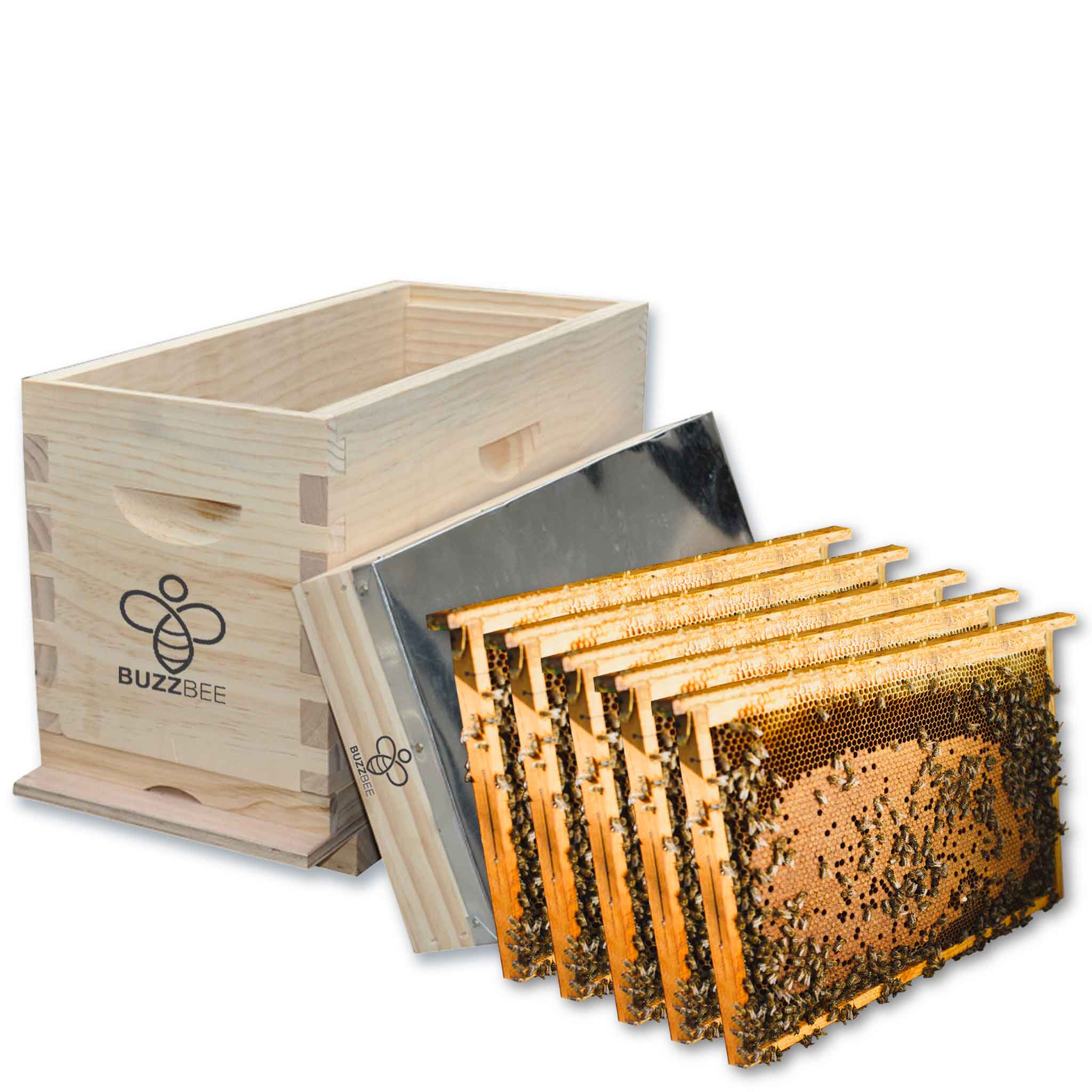As autumn approaches, beekeepers must adapt their practices to accommodate the seasonal shift. While summer is a time of abundant nectar flow and hive expansion, autumn brings with it much cooler temperatures, necessitating careful attention to ensure the health and productivity of bee colonies. This blog post from Buzzbee contains useful tips for beekeeping in autumn.
Monitor Hive Health
As temperatures begin to drop, it's crucial to regularly inspect your hive and monitor bee health. Look for signs of disease or pests such as Varroa mites, which can thrive in cooler weather. Treat any issues promptly to prevent them from impacting the colony during the winter months.
Reduce Hive Size
As the bee population decreases and food becomes scarce, consider reducing the hive size to make it easier for bees to maintain warmth and protect the colony from predators. Remove any excess honey supers and consolidate frames to create a more compact hive.
Provide Adequate Ventilation
While bees generate heat to keep the hive warm, excess moisture can build up and lead to issues such as mould or condensation. Ensure adequate ventilation by tilting the inner cover or using a screened bottom board to allow moisture to escape without compromising hive warmth. Whilst this is generally the case especially in wooden beehives, hives such as the Paradise Honey beehives are extremely well insulated that have minimal cold spots. In these cases minimal condensation is generated which is better for the bees. As a result, additional ventilation is not needed.
Feed Bees as Needed
In autumn, it’s necessary to supplement bee nutrition with sugar syrup or corn syrup. Be sure to monitor hive weight and provide supplemental food as needed to ensure bees have enough resources to sustain them through the winter. For more information in making your own sugar syrup, look at https://buzzbee.com.au/blogs/info/how-make-sugar-syrup-for-bees
Protect from Pests
As temperatures drop, pests may seek shelter in beehives, posing a threat to both bees and stored honey. Install guards and reduce the entrance size of your hives to prevent unwanted visitors from entering.
Prepare for Winter
Autumn is the best time to prepare hives for winter and spring. Insulate hives with materials such as foam insulation or bee cosy wraps to help retain heat and provide shelter from harsh winds and weather.
Monitor Queen Health
The autumn season can be stressful for queens as they reduce egg-laying in preparation for winter. It’s important to keep an eye on queen bee health and replace any failing queens to ensure the colony has a strong leader going into the colder months.
Find Out More Today
Adapting your beekeeping practices to the conditions of autumn is vital to ensure excellent bee health and hive in preparation for winter. Contact Buzzbee today to learn more about beekeeping in Autumn.

